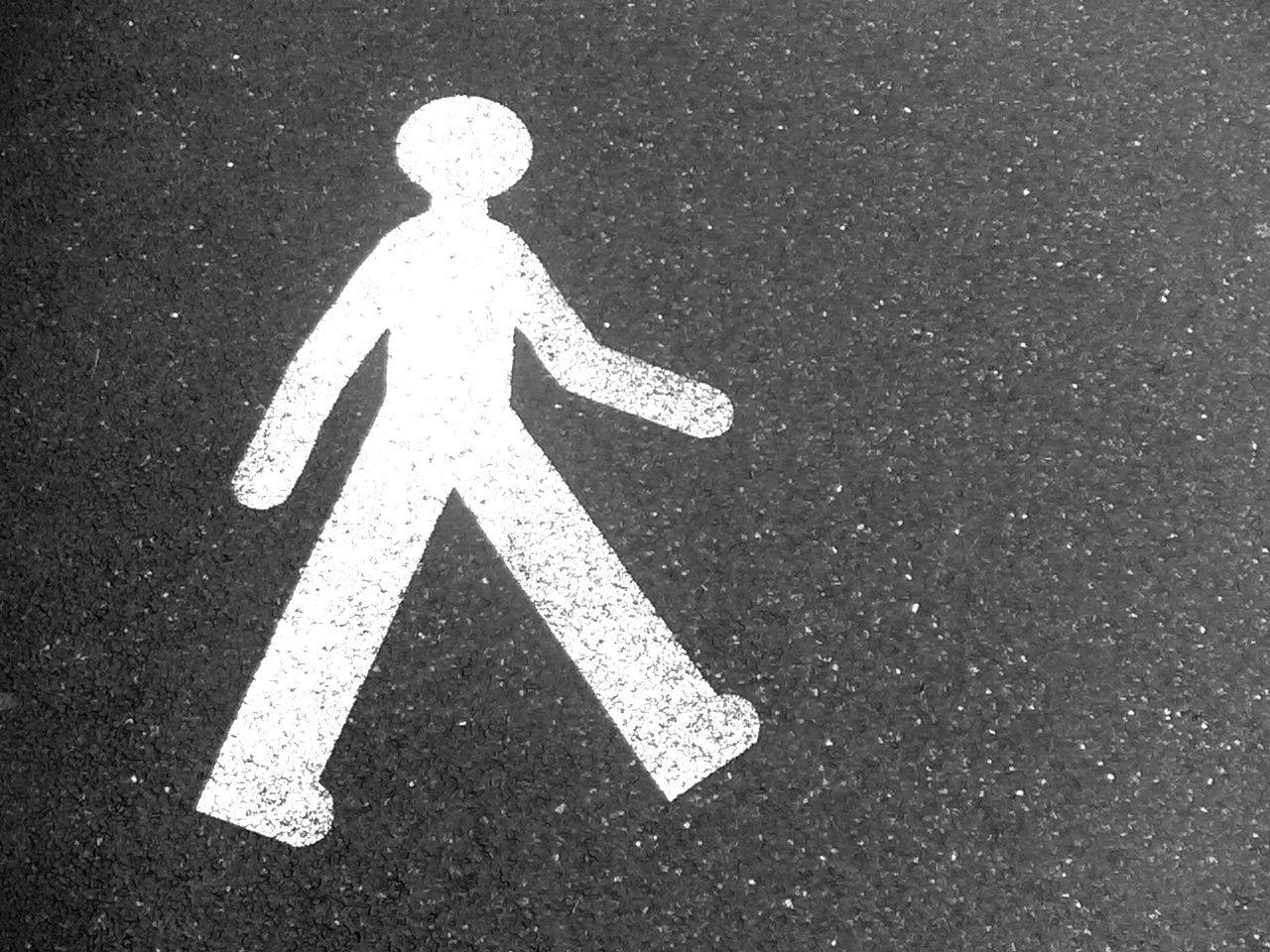we delivers enough to blog about

Walking for Weight Loss: Non Exercise Activity Thermogenesis
By Nick Hall
NEAT is the energy expended from your daily activity that is not induced from eating or exercise, such as walking.
Many of us spend 8-12 hours per day at work or at home in a chair at a desk. We often spend up to 1-2 hours per day commuting to and from work. Couple this with 6-8 hours per night sleeping and this is a large portion of the day that we are not moving.
When we sit idle for a period of time, the levels of blood sugar and fat start to rise in our blood stream. If you are idle for long periods, energy utilisation is a lot less
Studies have shown that overweight individuals tend to be seated for 2.5 hours longer per day than sedentary lean people. On a person to person basis, the energy expenditure from NEAT can vary by up to 2000 calories per day when comparing very active people to very sedentary people.
By increasing your NEAT you could potentially increase your calorie expenditure by 350 calories per day. On a per day basis, this would appear small however when multiplied over the period of a week and a year the increase in your metabolic rate will be significant.
Walking after you eat
After you eat, blood sugar and insulin levels rise. The action of walking requires muscles to expand and contract. Your muscles require energy to do this. The uptake of glucose into muscles will be higher after a meal if walking occurs. This will result in lowered blood sugar levels.
Clinical Trials
A 2011 study conducted by the Institute of Endocrinology in Israel found that 69% of patients who had poor resting glucose metabolism, improved their ability to metabolise glucose when walking was involved.
How to increase NEAT
• Walk to work if possible
• Park further from work and walk
• Get off public transport further from work and walk
• Take stairs instead of a lift
• Walk to speak to colleagues instead of calling or emailing
• Go for a walk at lunch with friends
• Go for a walk after work
• Use a pedometer. Either buy one or download a free pedometer phone app.
• Aim to increase your amount of steps to around 10,000 per day.
References:
Levine, Dr J. Non-Exercise Activity Thermogenesis (NEAT).
Ilany, J…Karasik, A. Glucose Homeostasis Abnormalities Assessed by an OGTT in Coronary Artery Disease Patients During Admission and Follow-up at Ambulation. Institute of Endocrinology, Sheba Medical Center, Tel-Hashomer, Israel.
Comments are closed.